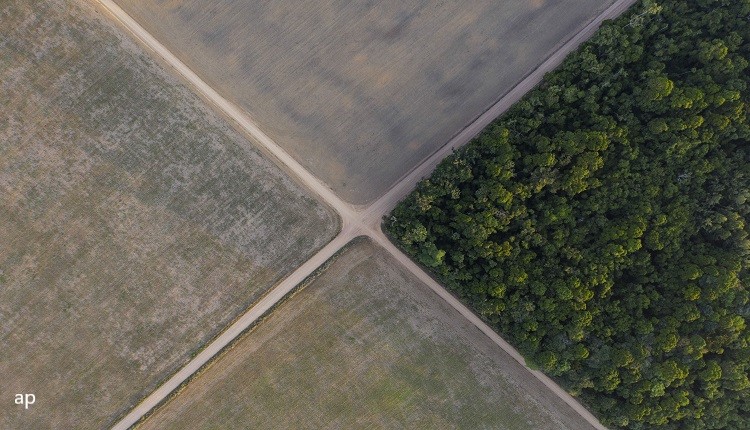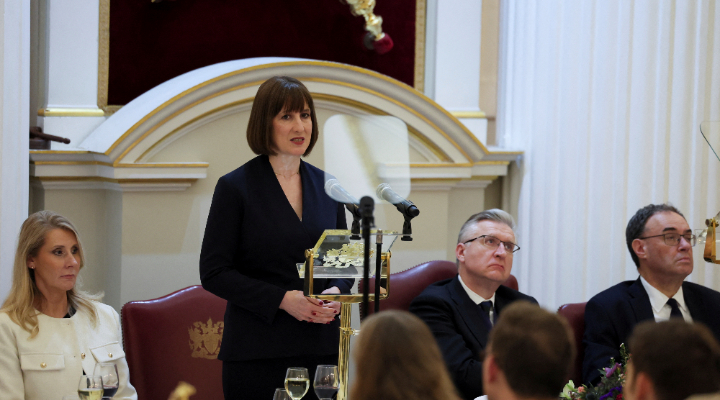
Last-minute ISA contributions are becoming increasingly popular, but those who leave it to the final days – or minutes, in some cases – to max out their allowance are missing out, according to research from Fidelity International.
Analysis from Fidelity shows that if you invested a £1,200 lump sum in the FTSE All-Share at the end of each tax year since 5 April 2009 – a total contribution of £10,800 – you’d be left with a pot of £16,237 after 10 years.
However, if you’d invested £100 in the FTSE All-Share every month at the start of each tax year since 6 April 2008, you’d have turned that £10,800 into a pot of £16,879.
That means those drip feeding through the tax year would have been better off to the tune of £642, an extra 4%. Despite this, findings from a number of ISA providers shows this isn’t typical behaviour.
The most popular day for investing into an ISA, according to Fidelity data, in the 2016/17 tax year was 3 April – just two days before the deadline. The year before, it was 4 April – the day before the deadline.
Further, 7% of all ISA applications for the entire 2016/17 tax year via platform Bestinvest were made in the last 48 hours.
Clearly, it’s better to use any left-over contributions before the ISA allowance is lost forever. But, Ed Monk, associate director for personal investing at Fidelity, says his firm’s research shows it’s better to start contributing to an ISA as early as possible, rather than leaving it to the last minute.
“Time really is the most powerful force in investment,” he explains. “By starting at the beginning of the tax year, you give your money an additional 12 months to benefit from the magical power of compounding.”
While some may find it difficult to stump up a lump sum at the start of the year, Monk points out that monthly savings plans are available and are “a simple way to start investing early and make regular contributions”.
Investing in this way can also lead to better returns due to the effect of pound-cost averaging, which means more shares in a particular asset are purchased when the price is lower, and fewer are bought when the price is higher.
“In a falling market it means you avoid losses compared to a lump sum investment, and the fact you’re steadily getting more assets for your money as prices fall means that you’ll get a bigger boost when prices recover,” Monk adds.
The ISA Rush has Begun
This year’s rush to beat the deadline has already started, according to Hargreaves Lansdown. A new stocks and shares ISA, Lifetime ISA or Junior ISA was opened every 17 seconds during the busiest period; Monday between 11am and 12pm, over the Easter weekend, the platform said.
Sarah Coles, personal finance analyst at Hargreaves, says for those who missed out on the opportunity over the holiday period, there’s still time. “All you need is five minutes, your National Insurance number and a debit card with cleared funds,” she continues.
But Jason Hollands, managing director at Tilney, says, aside from the monetary loss, there’s another potential risk attached with last-minute investing.
Bestinvest’s data show the very last ISA opened in the last tax year was at 11.47pm – just 13 minutes before the deadline. However, Hollands notes: “All it takes is a dodgy wi-fi connection, a lack of cleared funds in a bank account or a block on a payment from a bank security team to potentially thwart an attempt to beat the deadline at the 11th hour.”
Which Stocks are Popular with ISA Investors?
We’ve already found out which stocks have been most popular with both millennials and baby boomers in the current ISA tax year. And further data from The Share Centre shows which stocks were the most-purchased in the calendar year to 23 March.
There aren’t big differences, with income-paying stocks the most favoured in all ISA contributions. Nine of the top 10 most-bought stocks yield in excess of 3%, headlined by ever-popular high-street bank Lloyds (LLOY).
The anomaly was gold miner Lionsgold (LION), which saw its share price emerge from its three-year sub-3p slumber late last year. It surged 556% from 0.93p at end-November to 6.1p by mid-December. It’s since settled back to 2.33p today.
Lionsgold has been the third-most popular equity investment with risk-seeking millennials this year. Some youngsters are plumping for safer stocks such as drug maker GlaxoSmithKline (GSK) and telecoms operator Vodafone (VOD).
But most are either buying what they know – online clothing seller boohoo.com (BOO) and mobile network provider The People’s Operator (TPOP) – or looking for a “quick win” – fellow gold miner Greatland Gold (GGP) and potash miner Sirius Minerals (SXX).
Top Fund Selections
The most-popular active funds of 2018 thus far, meanwhile, were focused on Asia, Japan and emerging markets, with half of the 10 most-purchased on Hargreaves’ platform focused on one of these areas.
They include a pair of Morningstar Gold Rated funds, First State Asia Focus and Man GLG Japan CoreAlpha; as well as the Bronze Rated JPM Emerging Markets. Meanwhile, yield-chasing investors were interested in the Bronze Rated Jupiter Income Trust, and Edentree Higher Income.
The top five passive selections were all index trackers, and included the Gold Rated L&G US Index, Silver Rated L&G International Index, and Bronze Rated L&G European Index Trust.

































